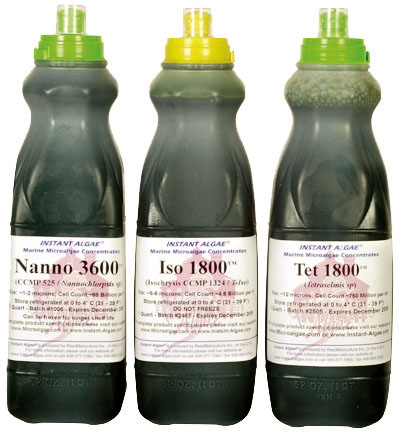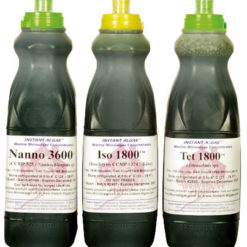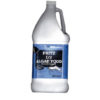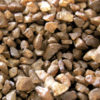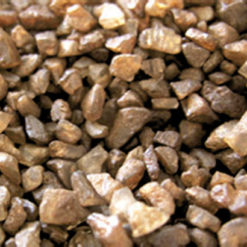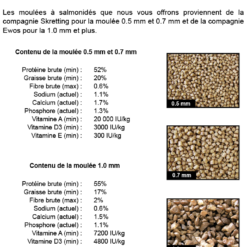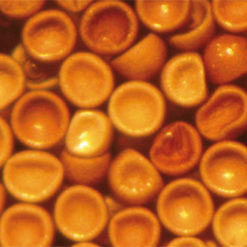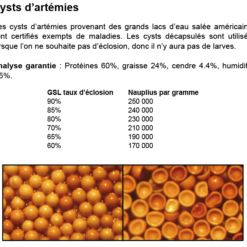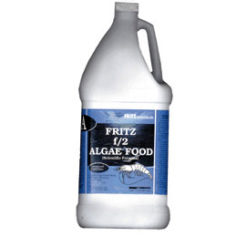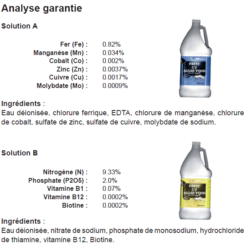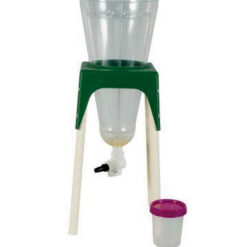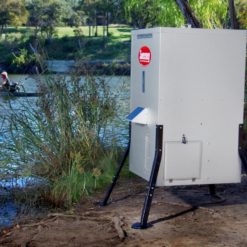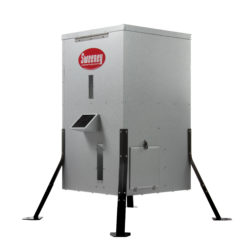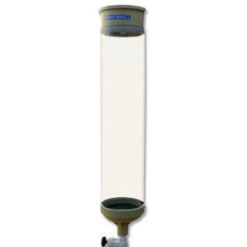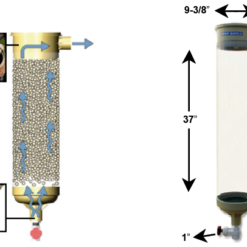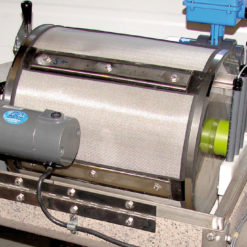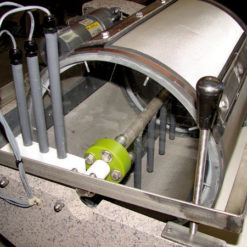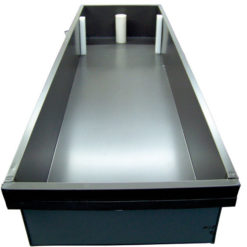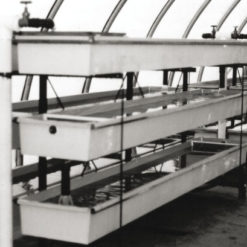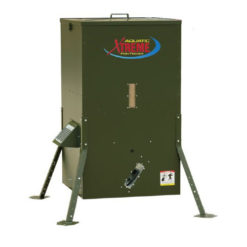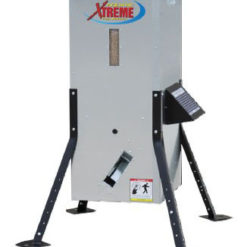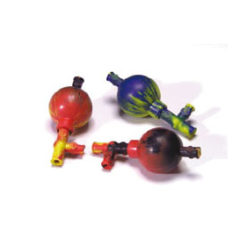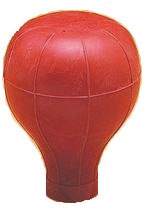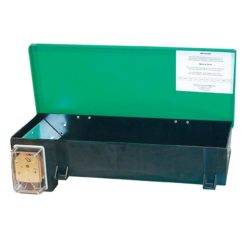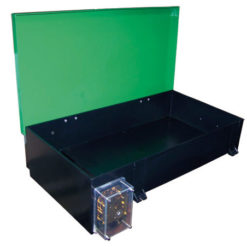Instant algae
75,00 $ – 286,00 $Price range: 75,00 $ through 286,00 $
Instant algae is your easy solution for replacing or supplementing live microalgae in commercial fish, shrimp, shellfish and ornamental hatcheries, universities and research centers. It is real marine microalgae, grown under laboratory conditions and concentrated for easy storage and long life. Instant algae is not alive and cannot be used as starter cultures – it is an inexpensive bulk feed.
Nannochloropsis
These are small green algaes that are extensively used in the aquaculture industry for growing small zooplankton such as rotifers and for greenwater. They are also used in reef tanks for feeding corals and other filter feeders. It is 3600 times as dense as cultured algae, so 1 liter replaces almost 4 metric tons of live algae! Available in 1-quart & 1-pint bottles, and 1-liter bags. Nannochloropsis is the single best food for growing rotifers. It has a very high EPA level and can be frozen for long term storage. It also works well for greenwater.
Shellfish hatcheries: works very well with mussels. It has not been traditionally used with oysters and clams, however a study currently being done at a university in Los Angeles indicates that it can work as well or better than Isochrysis and Pavlova with larvae and post set. Storage: instant algae nannochloropsis can be stored in a refrigerator for 3 months (best if stored at -1° to 3°C) or it can be frozen for longer shelf life (2+ years). When frozen, the algae will “hard-freeze” like ice.
Pavlova
Pavlova is a small golden/brown flagellate that is very similar to Isochrysis. It has a very high DHA profile and is excellent for enriching rotifers and other zooplankton. It is very difficult to develop the Pavlova, that is the reason why it is not produced by many incubation facilities. Pavlova is similar in nutritional profile to Isochrysis, however it has a more sophisticated sterol composition so it is very popular with cold water fish hatcheries (such as cod) for enriching rotifers.
Pavlova has both a high DHA and EPA profile so its good for enriching zooplankton. We have received very good reports on larval survival from hatcheries that use it to enrich brine shrimp. Pavlova works very well for oysters, clams, mussels and scallops. It is also used to increase the DHA/EPA levels in broodstock.
Isochrysis
Isochrysis is a small golden/brown flagellate that is very commonly used in the aquaculture industry. It is high in DHA and often used to enrich zooplankton such as rotifers or Artemia. Used for DHA enrichment of rotifers.
It is also a good size for feeding brine shrimp and copepods. Isochrysis is the most commonly used algae for oysters, clams, mussels and scallops.
Tetraselmis
Tetraselmis is a large green flagellate with a very high lipid level. It also contains natural amino acids that stimulate feeding in marine animals. It is an excellent feed for larval shrimp. Used in conjunction with Nannochloropsis for producing rotifers.
It is also a good size for feeding brine shrimp. A standard feed for oysters, clams, mussels and scallops.
Rotifer Diet HD
Rotifer Diet™ HD is a marine microalgae feed product for producing high quality, high density, low cost rotifers. Rotifer Diet HD is a combination of the microalgae species Nannochloropsis & Tetraselmis and results in a 20% increase in rotifer volume over pure Nannochloropsis.
It is a 100% complete feeding solution, needing no other feed additives to produce dense cultures. Rotifer Diet HD was specifically designed for high density rotifer systems, but also works exceptionally well in low density and batch cultures.
Thalassiosira weissflogii
Thalassiosira weissflogii is a large diatom (6-20μm x 8-15μm) that is used in the shrimp and shellfish larviculture industry. This algae is considered by several hatcheries to be the single best algae for larval shrimp. The large cell size (16 times the biomass of Chaetoceros and 3 times the biomass of Tetraselmis) extends the algae feeding period until the end of the PL stage. During the winter, this algae is about 15 microns, but shrinks to about 5 microns during the summer.
The color of TW varies from brown to green to yellow, depending on the amount of chlorophyll in the culture. This color change does not in any way affect the quality of the algae. Good for feeding copepods and brine shrimp. Due to its large size, TW is a very good feed for post-set (200 microns and larger) oysters, clams, mussels, scallops, and for broodstock conditioning.
Shellfish Diet
Shellfish diet is a mix of five marine microalgae that all have demonstrated success with a variety of shellfish including oysters, clams, mussels and scallops. A mixed diet provides a much better nutritional profile for all types of shellfish, increasing both growth rates and survival. Shellfish diet can be used with preset larvae all the way up through broodstock and will typically perform as well as algae so it can be used as a complete live algae replacement. 1/4 of Shellfish diet will replace the equivalent to 1800 liters of dense algae culture. This product is available in plastic bottles of 1/4, 1-pint and 1-gallon. The quantity of cells changes depending on the time of the year, but is approximately 2 billions of cells per ml.
You may also like…
Aquaculture
Aquaculture
Aquaculture
Related products
Aquaculture
Aquaculture
Aquaculture
Aquaculture
Aquaculture
Accessories
Aquaculture


